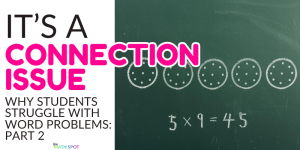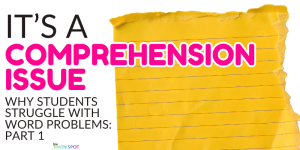This post contains affiliate links. This means that when you make a purchase, at no additional cost to you, I will earn a small commission.

5th-grade teachers are set with a difficult task. Your students previously spent the majority of their time working with whole numbers in the base ten system. Now, you are supporting your students to build numbers that may be very difficult to model and conceptualize.
Thinking CRA is helpful but what tools do you have at your disposal to model a number like 4.315?
Not All Manipulatives Are Created Equally!
- Groupable, Proportional Models
- Pre-Grouped, Proportional Models
- Pre-Grouped, Non-Proportional Models
Ask Linking Questions
- Show me the part in your [manipulative #1] model that matches the “0.5” your [manipulative #2] model?
- What does your whole look like in [manipulative #1]? How is it different than the whole in [manipulative #2]?
- How would it look different if you built 3.4 with these different materials?
- Which manipulative do you think would be easier to use to build a number such as…
FREE Printable

I have created a free printable for you. Keep this handy on your desk or taped inside of your math manual. Keeping in mind the different types of place value manipulatives will allow you to quickly and easily differentiate for the variety of learners you have in your classroom.
Related Resources:

Pin For Later:





